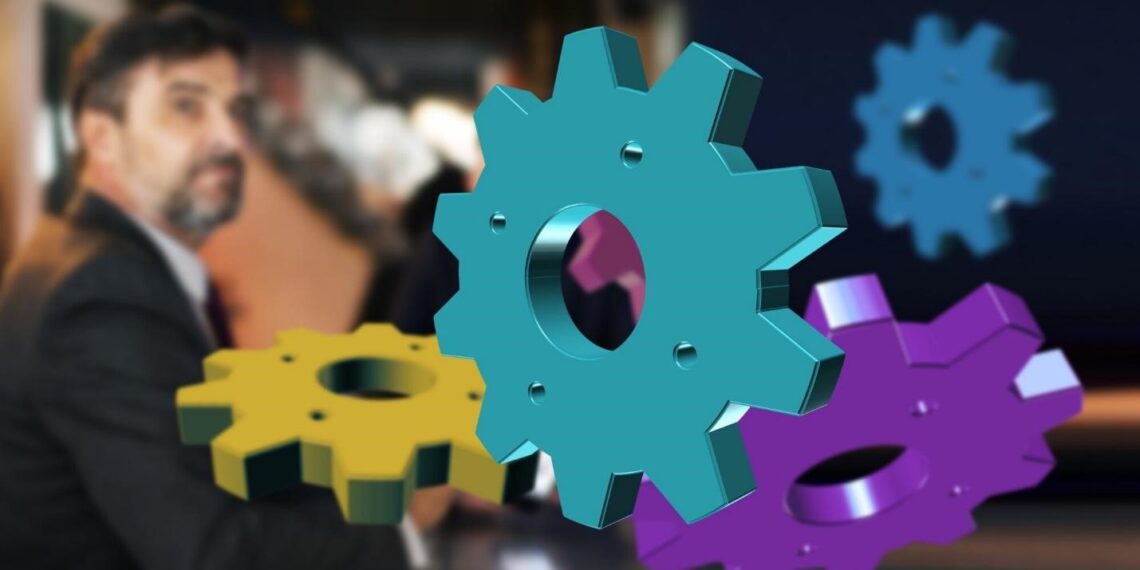Plastic gears have become an industrial mainstay in the last 50 years and have proven their worth as an alternative to metal gears.
Plastic gears are largely used in the automotive arena, but these gears can also be found in watches, sewing machines, and even missiles! These gears are becoming an industry staple, so it might be time to make the switch from metal to plastic.
Please keep reading to find out more about plastic gears and how they work.
What Are Plastic Gears?
As the name suggests, plastic gears are gears made from non-metallic materials. Plastic gears are primarily used due to their quiet operation and resistance to rust. These characteristics are very important when it comes to the food processing, medical equipment, and chemical processing industries.
There are various types of non-metallic gears available, and each material type offers unique properties. The material you use will depend on the function you want them to perform.
What Are the Benefits of Plastic Gears?
When deciding between plastic vs. metal gears, it is important to consider which characteristics are beneficial to the job. Some of the key benefits of plastic gears include:
- They have a reduced weight, and lower inertia since the density of the material is lower
- They are low maintenance
- They have the ability to absorb shock and vibration because of the elasticity of the material
- They are quieter
- They have a low coefficient of friction
- They tend to be self-lubricating and wear-resistant when running dry
- They have a longer life
- They can be used in wet environments and in food preparation areas
- They are resistant to corrosion
When considering plastic gear costs, it is important to note that while there is a high cost involved in creating the initial mold to develop tooth form and dimensions, the production cost is much lower than that of metal gears.
What Are the Limitations of Plastic Gears?
The main limitation plastic gears face is the fact that they warp under strain, and the teeth of the plastic gears can be worn down from repeated use.
Some other limitations are:
- These gears have a lower load-carrying capacity than their metal counterparts
- They have greater dimensional instability because of a more significant coefficient of thermal expansion and moisture absorption
- The plastic can be negatively affected by some chemicals
It is obvious that there are more benefits than limitations when it comes to plastic gears, but it is important to make sure the limitations won’t negatively affect your project.
Consider Switching to Plastic Gears
Plastic gears are making the rounds, so now might be the best time to start doing the research needed to decide if you want to make the switch. First, consider the differences between plastic vs. metal gears and weigh the benefits of each for your job. Just remember that there are various types of non-metallic gears to consider!
If you enjoyed this article, please take a look at our blog for more content.

